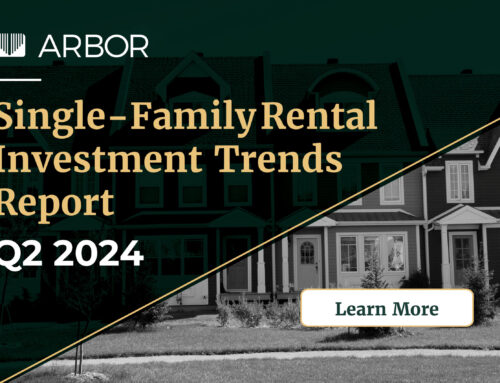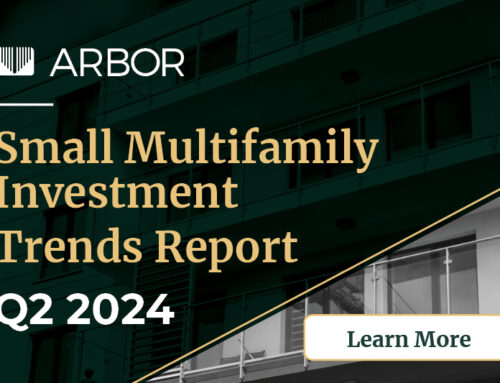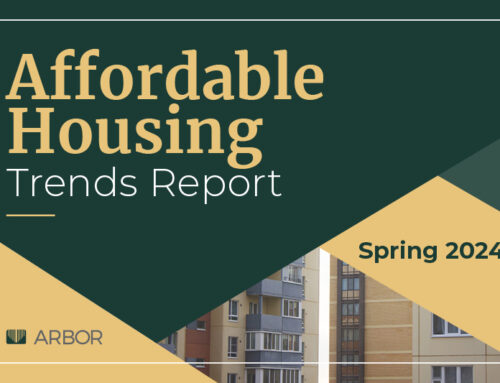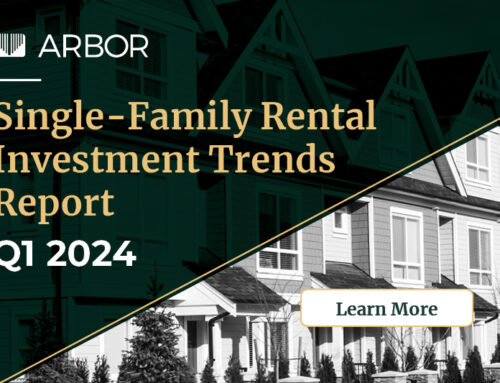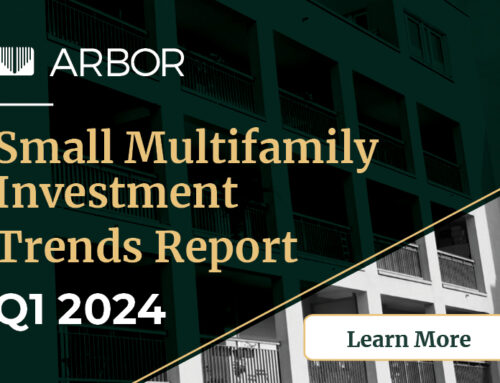This week’s multifamily roundup takes a look at apartment occupancy, cap rates and sustainability in real estate. First, RealPage reports that strong leasing activity has led U.S. multifamily occupancy to reach a level not seen since the early 2000s. Next, Real Capital Analytics observes that cap rates have not moved much over the last year, even as interest rates have seen a significant change in direction. Arbor’s Chatter blog analyzes how senior renters’ internet usage has evolved and the differences in access based on property type. Then, CNBC highlights the migration patterns of high-income Millennials, noting that this segment is moving toward the South and West Coast. Finally, Urban Land reveals several strategies real estate firms can implement to successfully identify sustainability opportunities when looking to buy or sell a property.
U.S. Occupancy Surges to Highest Level in Nearly Two Decades
RealPage – June 11
“Meanwhile, average annual rent growth among the nation’s apartments held solid at 3.1% in May, landing well above May 2018’s level of 2.6%. May marks the 10th consecutive month of annual rent growth at 3% or higher.”
What Difference Does a Year Make to US Cap Rates?
Real Capital Analytics – June 13
“This time a year ago we looked at how Federal Reserve moves to raise interest rates were impacting commercial real estate. The answer at the time was that the rate environment was affecting deal volume and not cap rates.”
Senior Renter Internet Usage Gaining Bandwidth
Arbor Chatter – June 14
“While internet usage is pervasive in today’s society, technology usage still varies significantly across household segments. Factors such as user age, income and education level play a role.”
Millennials Who Earn $100,000 or More are Flocking to These 10 States
CNBC – June 12
“Highly paid millennials are moving out of the Northeast and heading toward the South and the West Coast.”
Embedding Sustainability in Real Estate Transactions
Urban Land – June 10
“The potential value at stake for embedding sustainability is significant, and in some cases can represent a 50 percent–plus increase in asset value over the lifetime of an investment.”



